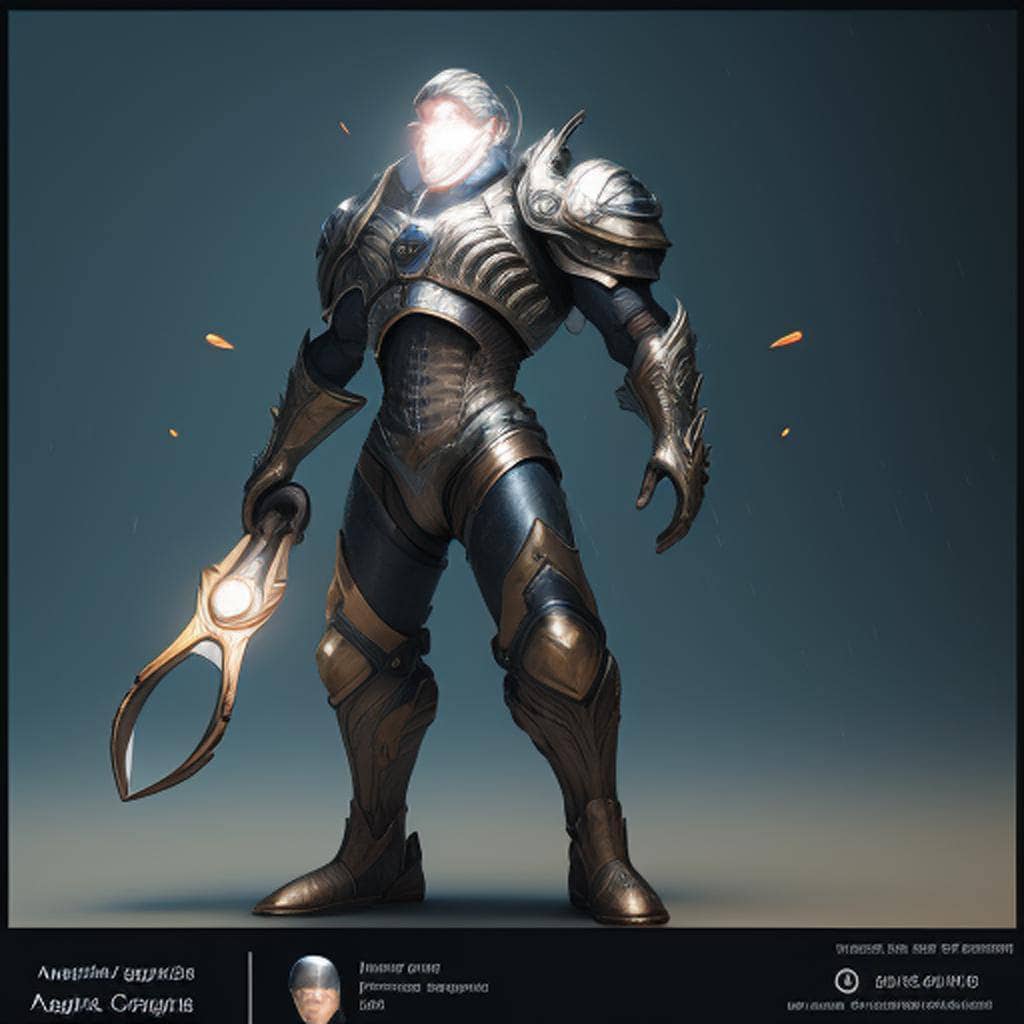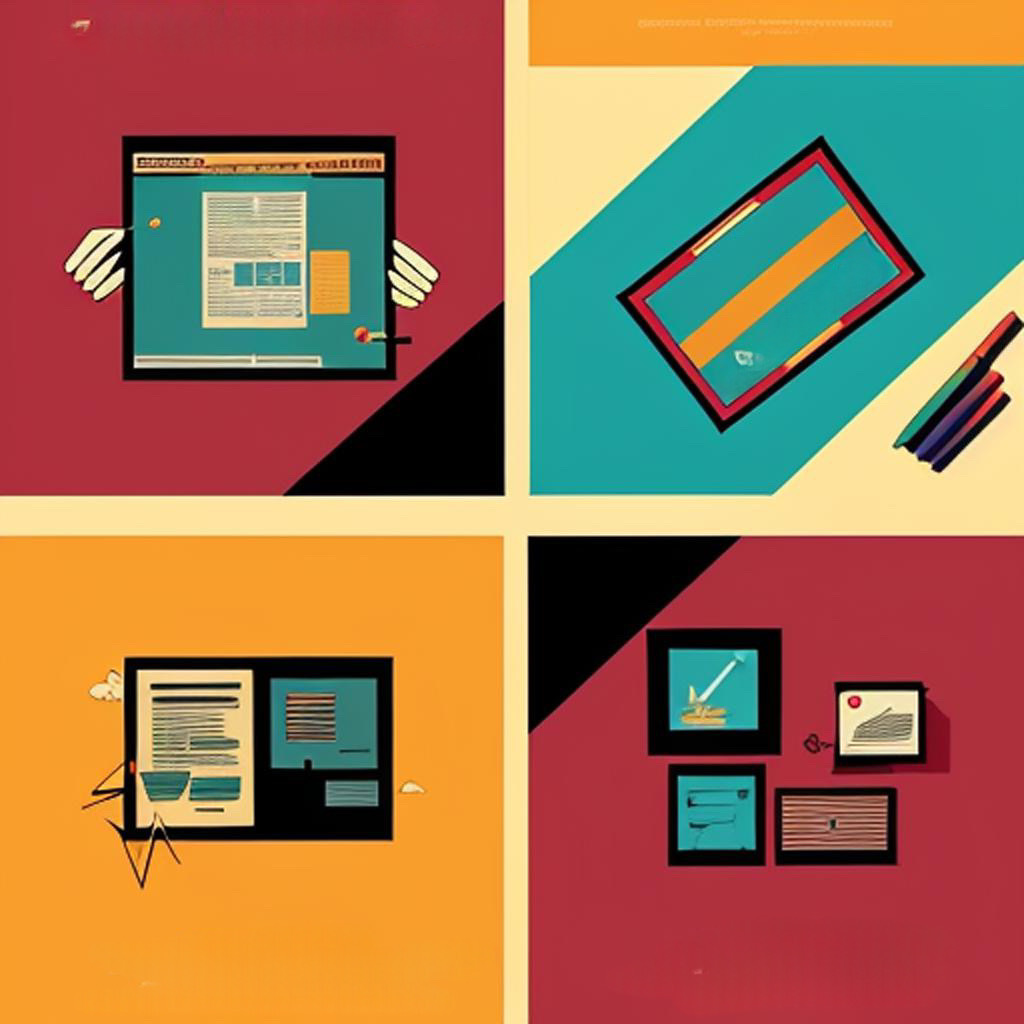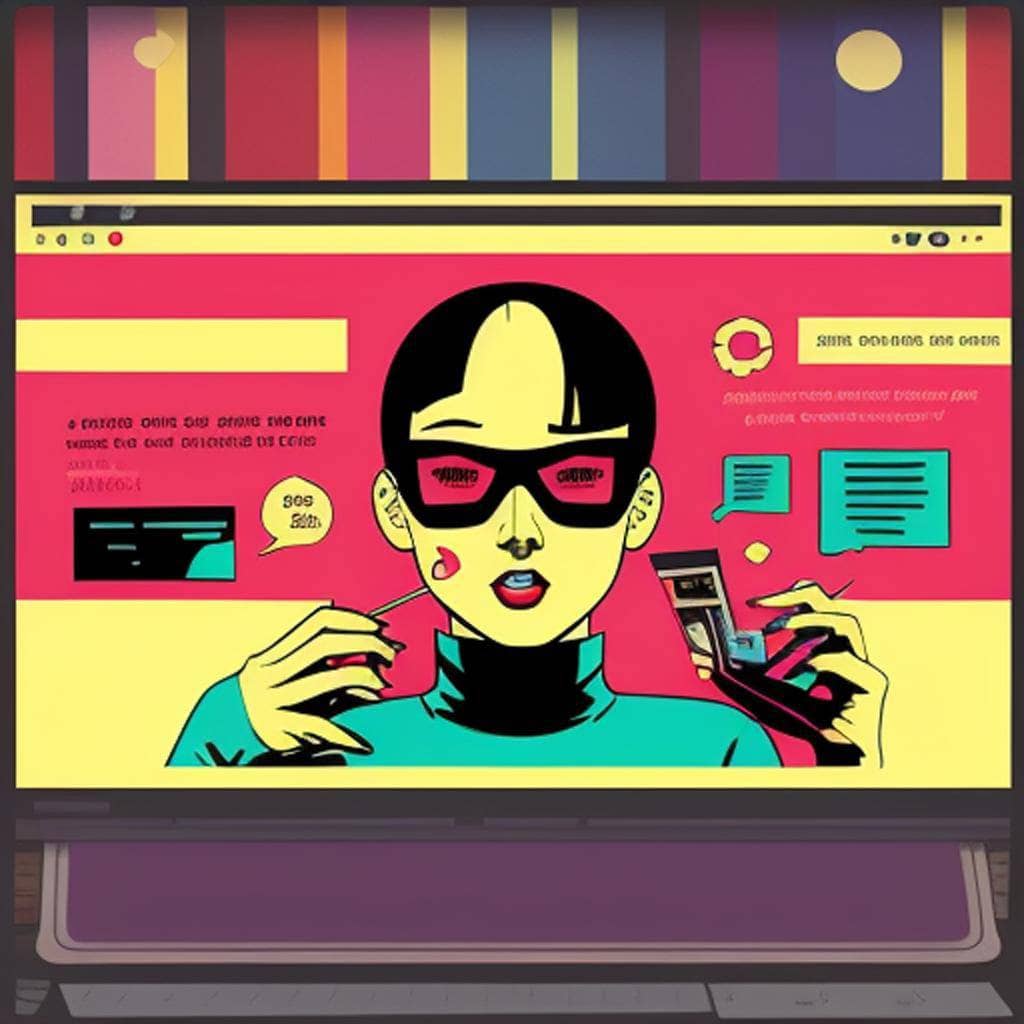
Strengthening Visual Copyrights: The Power of Digital Rights Management (DRM) Systems
Digital Rights Management (DRM) systems are instrumental in protecting visual copyrights by implementing technological measures that control the access, usage, and distribution of digital content. This article explores how DRM systems empower creators to safeguard their visual works from unauthorized use and maintain greater control over their intellectual property.
Digital Rights Management (DRM) Systems: Enhancing Copyright Protection
Understanding DRM Systems
DRM systems are designed to enforce copyright protection by employing encryption, access controls, and usage restrictions. These systems ensure that visual content is accessed and used in compliance with the terms set by the copyright owner.
Encryption and Access Controls
DRM systems employ encryption techniques to safeguard visual content from unauthorized access and piracy. By encrypting the content, only authorized users with the necessary decryption keys can unlock and view the visuals. Access controls further limit usage permissions based on predefined rules, such as user authentication, time-limited access, or geographic restrictions.
Usage Restrictions and Permissions
DRM systems allow copyright owners to define specific usage restrictions and permissions for their visual content. This includes limitations on copying, printing, sharing, and modifying the visuals. By setting these restrictions, creators can ensure that their works are used only as intended and prevent unauthorized duplication or manipulation.
Protection Across Platforms
DRM systems are designed to operate across various platforms, including desktops, mobile devices, and online platforms. This ensures consistent copyright protection and control, regardless of the device or platform through which the visual content is accessed.
Licensing and Digital Contracts
DRM systems can facilitate licensing agreements and the implementation of digital contracts. Creators can define the terms and conditions of usage, including duration, scope, attribution requirements, and compensation. DRM systems help enforce these agreements, ensuring that users adhere to the specified permissions and limitations.
Challenges and Considerations
While DRM systems offer robust copyright protection, they are not without challenges. Interoperability issues and restrictions on fair use can arise, impacting user experiences and potential legal implications. Striking a balance between copyright protection and user rights is crucial when implementing DRM systems.
Conclusion
DRM systems serve as powerful tools in strengthening visual copyrights and maintaining control over digital content. By leveraging encryption, access controls, usage restrictions, and licensing mechanisms, creators can safeguard their works from unauthorized use and ensure that their intellectual property rights are respected. While challenges exist, understanding the considerations and adopting DRM systems appropriately can significantly enhance copyright protection in the digital landscape.
DRM systems, presented in a one-column table format
| Understanding DRM Systems |
| Encryption and Access Controls |
| Usage Restrictions and Permissions |
| Protection Across Platforms |
| Licensing and Digital Contracts |
| Challenges and Considerations |
DRM systems enhance visual copyright protection by employing encryption, access controls, and usage restrictions. They ensure authorized access, define usage permissions, protect content across platforms, facilitate licensing agreements, and address challenges related to fair use and interoperability.







